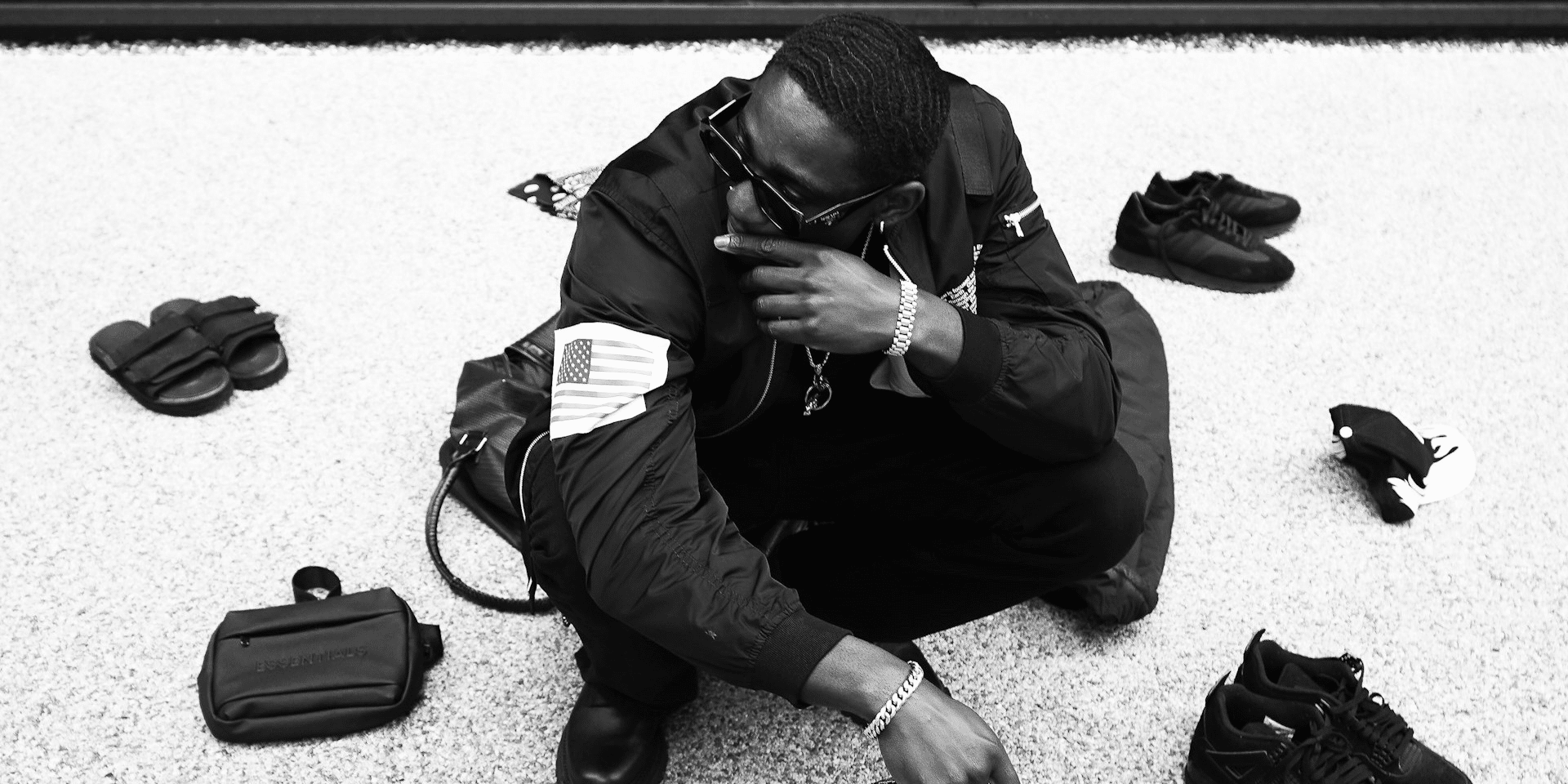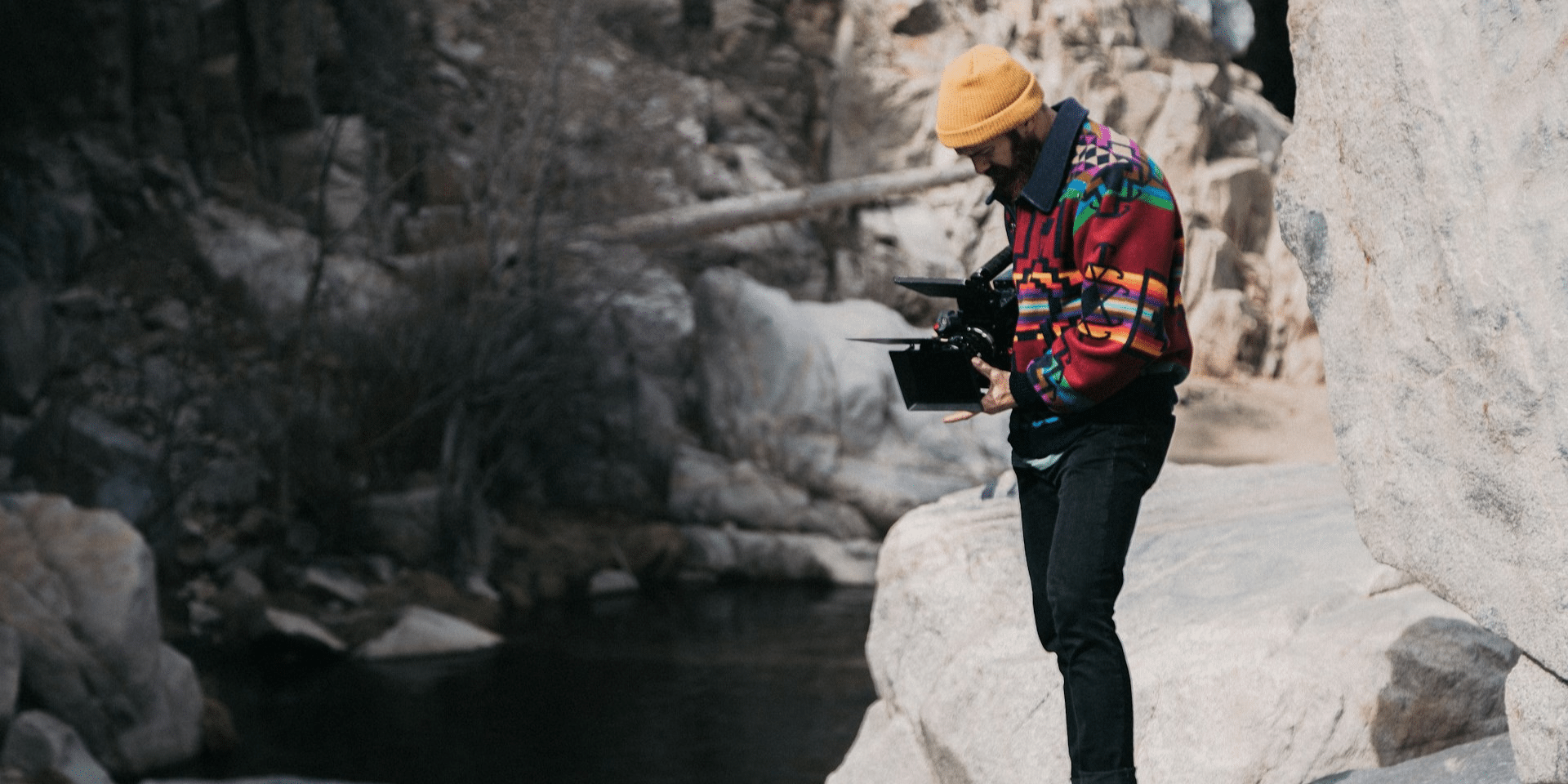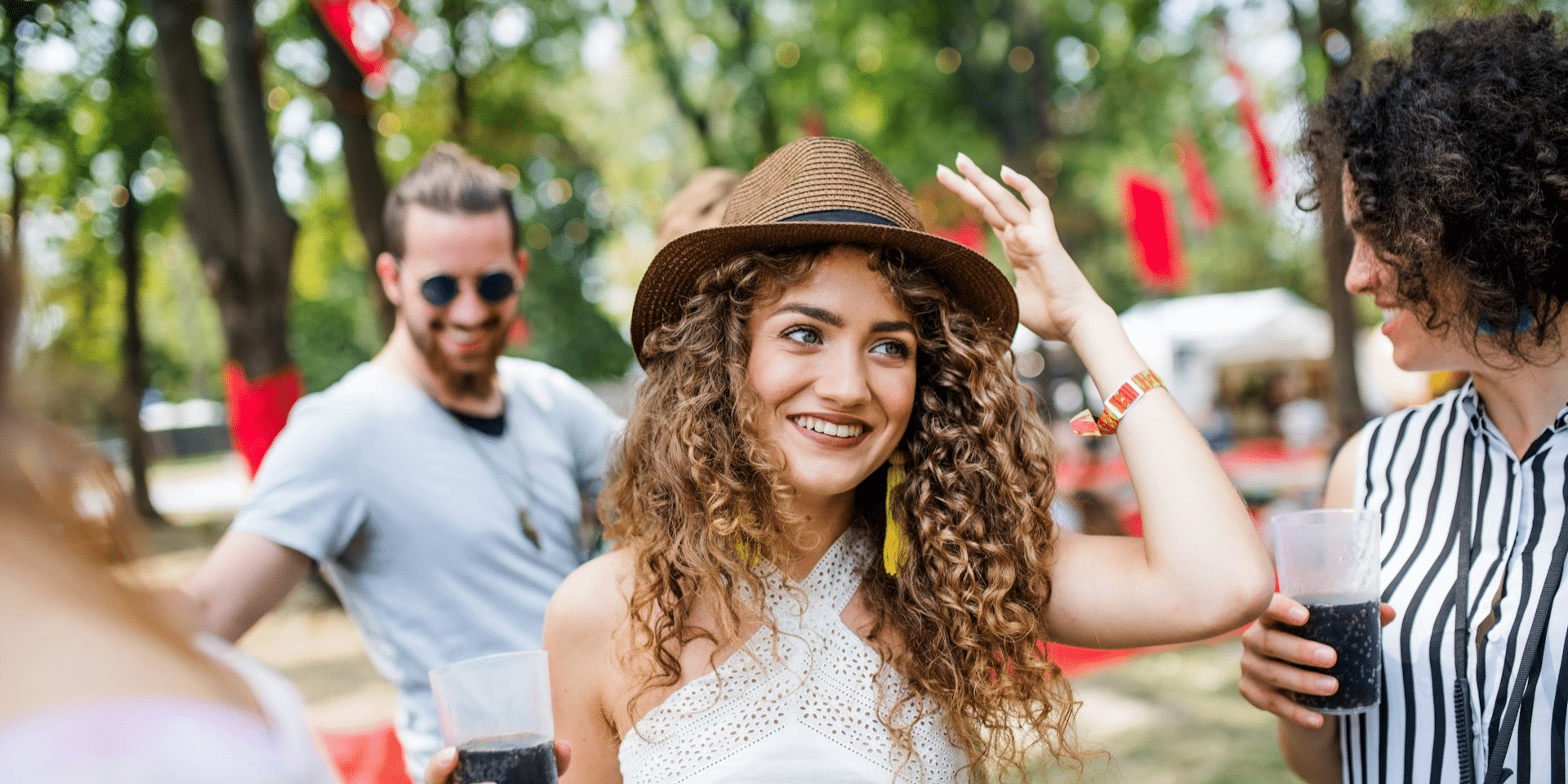When it comes to men’s fashion, belts and shoes are two of the most important accessories. These two items, though often understated, have a significant impact on a person’s overall style. The coordination between belts and shoes is one of the fundamental principles that help elevate an outfit. While each item can stand alone, together they create harmony and balance in a look, whether it’s a casual ensemble or a formal outfit. In this article, we will explore the intricate relationship between belts and shoes in fashion, offering tips on how to match these accessories for the most polished and cohesive look.
Understanding the Role of Belts and Shoes in Fashion
Belts and shoes serve both functional and aesthetic purposes in a person’s wardrobe. Functionally, belts are designed to keep trousers in place, while shoes provide comfort and protection for the feet. Aesthetically, both items act as statement pieces that can elevate a person’s look. The way you pair your belt with your shoes can influence the overall vibe of your outfit, creating either a classic, bold, or even edgy style.
Fashion is about balance, and just as other accessories like watches, bags, or ties complement an outfit, belts and shoes should work in tandem to provide a sense of cohesiveness. Their coordination can define the tone of your outfit, whether you’re aiming for a formal business appearance or a more casual, relaxed vibe.
The Importance of Matching Colors
One of the most important considerations when coordinating belts and shoes is color. When choosing a belt and shoes combination, a general rule of thumb is to match the colors of the two accessories. This doesn’t mean they have to be an exact match, but the tones should complement each other to create a balanced look.
- Black Belt and Black Shoes: The classic combination of black belt and black shoes is often associated with formal or business attire. This pairing works well for professional settings, where a neat and polished look is required. A black belt with black shoes creates a seamless, sophisticated appearance, especially when paired with a well-fitted suit or dress pants.
- Brown Belt and Brown Shoes: Brown belts and brown shoes are a versatile pairing that works for both casual and semi-formal looks. The richness of brown leather comes in various shades, so it’s important to match the lightness or darkness of the tones. A lighter brown belt should be paired with lighter brown shoes, and similarly, a darker brown belt should be paired with darker shoes.
- Tan or Cognac Belts: Lighter shades of leather, such as tan or cognac, are often paired with lighter fabrics like beige or gray suits, making them ideal for daytime events or casual occasions. Tan belts and shoes should follow the same rule as brown, where the lighter the shade, the lighter the shoes.
The Art of Matching Textures
Beyond color, texture is another important aspect when matching belts and shoes. Different materials and finishes on belts and shoes can influence how they look when paired together. Here’s a breakdown of common textures:
- Smooth Leather: Smooth leather belts and shoes are a timeless combination that works well for formal attire. The smooth finish gives off an air of sophistication, making it perfect for business meetings or elegant events. Both the belt and the shoes should have a similar shine and smooth texture to ensure they complement each other. For example, a glossy black leather belt pairs beautifully with polished black leather shoes.
- Matte Leather: For a more laid-back, casual look, matte leather belts and shoes work well together. The matte finish, which lacks the shine of polished leather, gives off a relaxed vibe that can be paired with casual trousers, chinos, or jeans. This combination is ideal for a smart-casual setting, where you want to look sharp but not overly formal.
- Suede: Suede belts and shoes offer a unique, softer appearance compared to leather. Suede can add texture to an outfit, and the key to pulling it off is to ensure that the textures of the belt and shoes are consistent. For example, a suede belt and suede shoes in matching shades create a unified, stylish look, perfect for outdoor events or a more casual vibe.
Matching Belts and Shoes with Different Styles
When it comes to fashion, the specific style of your belt and shoes also matters. The style of both accessories should reflect the same level of formality to avoid clashing looks. Here are some examples:
- Formal Occasions: For formal events, whether it’s a wedding or a corporate meeting, the best approach is to match a high-quality leather belt with formal leather shoes. Black leather is a classic choice for such occasions. Avoid overly casual belts, such as those made from fabric or canvas, as they won’t provide the level of refinement needed for formal wear.
- Business Casual: For business casual or smart-casual events, brown leather belts and shoes are a great choice. Brown leather can transition easily between more formal and casual settings, making it a versatile option for everyday work attire. Dark brown shoes and a matching belt are the safest option, while a slightly lighter shade of brown can add a more relaxed feel.
- Casual Looks: When going for a laid-back style, there’s more room for creative freedom in how you pair belts and shoes. For example, sneakers or loafers can be paired with a fabric or canvas belt for a fresh, youthful look. Suede shoes also work well with casual leather belts, and you can even experiment with contrasting colors or textures for a more daring, fashion-forward approach.
The Impact of Belts and Shoes on Overall Aesthetics
Both belts and shoes play a significant role in defining the overall aesthetics of an outfit. Their coordination creates a cohesive, well-thought-out look, making them integral to a polished appearance. Here’s how they impact different styles:
- Sophistication: When both your belt and shoes are well-coordinated, the result is an elevated, sophisticated appearance. This is especially important in formal and business environments, where attention to detail can make all the difference. A smooth leather belt and shoes, paired with a crisp suit or dress shirt, can help you stand out in a refined and professional way.
- Relaxed Vibes: For more relaxed, casual outfits, belts and shoes can work together to create a sense of comfort and style. Matching the colors and textures, such as pairing a casual brown leather belt with loafers or sneakers, helps convey a sense of effortless style. This works well for casual outings, vacations, or weekend gatherings.
- Edgy Styles: For those with an edgier fashion sense, contrasting colors and materials can be a bold choice. For example, pairing a black leather belt with sneakers or boots in a contrasting color like white or red can make a statement. In this case, the belt and shoes don’t necessarily need to match perfectly but should instead complement each other in tone and texture to create a unique and eye-catching look.
The Final Touch to Your Outfit
Belts and shoes may seem like small details, but they play a significant role in the overall presentation of your outfit. Whether you’re dressing for a formal event, a business meeting, or a casual outing, coordinating your belt and shoes properly can make all the difference in achieving a polished and cohesive look. By considering color, texture, and style, you can confidently combine these two accessories to create a balanced and stylish ensemble. Remember, fashion is all about balance and coordination, and belts and shoes are the perfect duo to add that final touch to your outfit.






